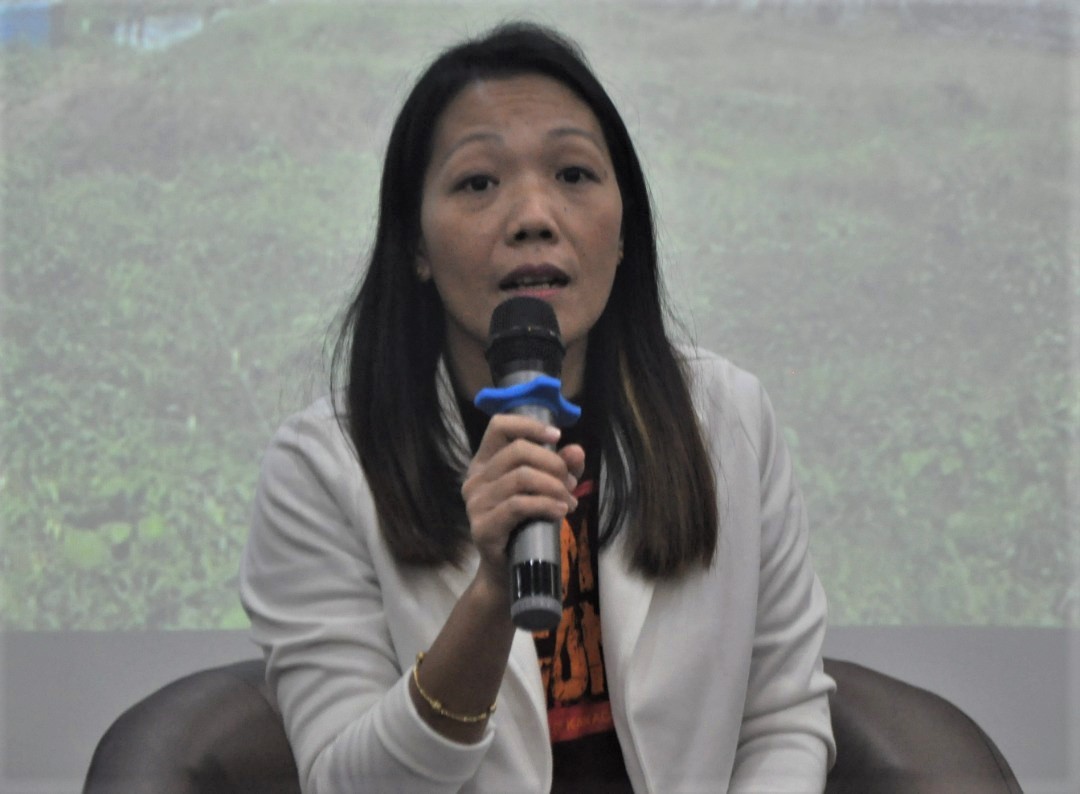KUCHING, Jan 1 — Although public health care in Malaysia is perceived as almost free, Sarawakians lack access to it because of expensive and difficult travel to faraway hospitals.
Rural health care advocate Agnes Padan said she previously accompanied some 104 women in Lawas, a township 1,000km from Kuching, to get screened for cervical cancer, and was surprised when the 13 women who tested positive did not want to seek follow-up treatment.
“A few of them refused to go for the next follow-up and the reason why they refused to go is (because) they can’t afford to go, (to pay) for the travel expenses, and so on,” she told a recent East Malaysia health care-centric conference here organised by the Galen Centre for Health and Social Policy.
“So they’d rather choose not to go for the next follow-up (and get) better treatment.”
Agnes, who is known in rural Sarawak for pushing for better rural and maternal health care, said she spoke to those working at ROSE — a Universiti Malaya-Ministry of Health cervical screening programme where the women got screened — to work out a solution.
She said ROSE agreed to cover the 13 womens’ travels to and from the Lawas district hospital where they are based, as well as the cost of treatment.
“This is something that we really need to look into: providing the best health care for the women,” said Agnes, pointing out that most of the women there do not work or have a monthly income, relying solely on their husbands instead.
She added that it is difficult for those living in Sarawak’s interiors or “ulu”, more than 100km away from the Lawas district hospital, what more for pregnant mothers, who are required to go for blood tests that are only allowed to be carried out at hospitals.
Although there is a clinic in the highlands, only paracetamol and an antacid to treat epigastric pain are provided by villagers trained by the state Health Department to provide basic first aid. The blood tests can’t be done here.
“I don’t know why this can’t be done in clinics,” said Agnes. “They (villagers from the interiors) find it very difficult to travel (especially if) you’re pregnant and you are required to travel by Hilux, and then timber road; they are risking their lives (by) travelling.”
The cost of travelling from Lawas to Miri — where the other nearest government hospital is located in the state, 300km from Lawas — is expensive as well as challenging. It’s RM150 for a round-trip ticket by a four-wheel drive and involves passing through four checkpoints at the Brunei-Malaysian borders that takes well over six hours by road.
Agnes referred to a similar programme with ROSE in Miri that saw 10 women out of 150 who tested positive for cervical cancer. This is a smaller figure when compared to those who tested positive from Lawas, which means that this situation is worse in rural areas like Lawas.

Meanwhile, Dr Liew Shan Fap, president of the Sarawak chapter of the Federation of Private Medical Practitioners’ Association, agreed with the common perception that Sarawak is 15 years left behind in health care, but said that in the interiors and rural part of the state, it is as if they have been left behind for 20 years.
To make his point, he cited the 2019 Bellwether Access in Malaysia study on essential surgery which found that accessibility in peninsular Malaysia for surgical and anesthesia care was 100 per cent, but only 71 per cent in East Malaysia; two million people in East Malaysia do not have access to timely surgery.
“Where is the 29 per cent? Why is 29 per cent of the population not given accessible, quality health care?” he asked, adding that this has been an issue for several years now.
He was also pessimistic about change in Sarawak’s health care landscape, noting that this year’s federal budget for health may not be able to provide quality health care or improve health care access, despite its RM1.9 billion increase from 2019 to RM30.6 billion.
Dr Liew noted that only a miniscule portion of the RM297 billion national budget is for development expenditure — RM56 billion — while almost 90 per cent — RM241 billion — is for operational expenditure. “What do you expect (with) 10 per cent?” Dr Liew asked.
With such a measly allocation, he said that more hospitals can’t be realistically expected to be built and more money can’t be allocated for training housemen, reminding the government that this was its responsibility.
Dr Liew also lauded digitisation of health, saying it would be a worthwhile initiative to look into, especially for Sarawak. He said this would be a better solution as opposed to upgrading existing clinics and building more hospitals that would require a large budget and take a long time to complete.
“If you can’t see a specialist in Kuching, for example, you just need one medical doctor in Miri or even in (the) interior area (to) assess (you), get (your) history, transfer this information, and do a clinic consult with a specialist in Miri or Kuching,” he said as an example, referring to tele-consultation.
However, he was not as optimistic about the idea as a whole, noting that cyber security concerns would have to be ironed out first before it could take off, including finding ways to protect confidential patient data and information that are prone to hacking.








